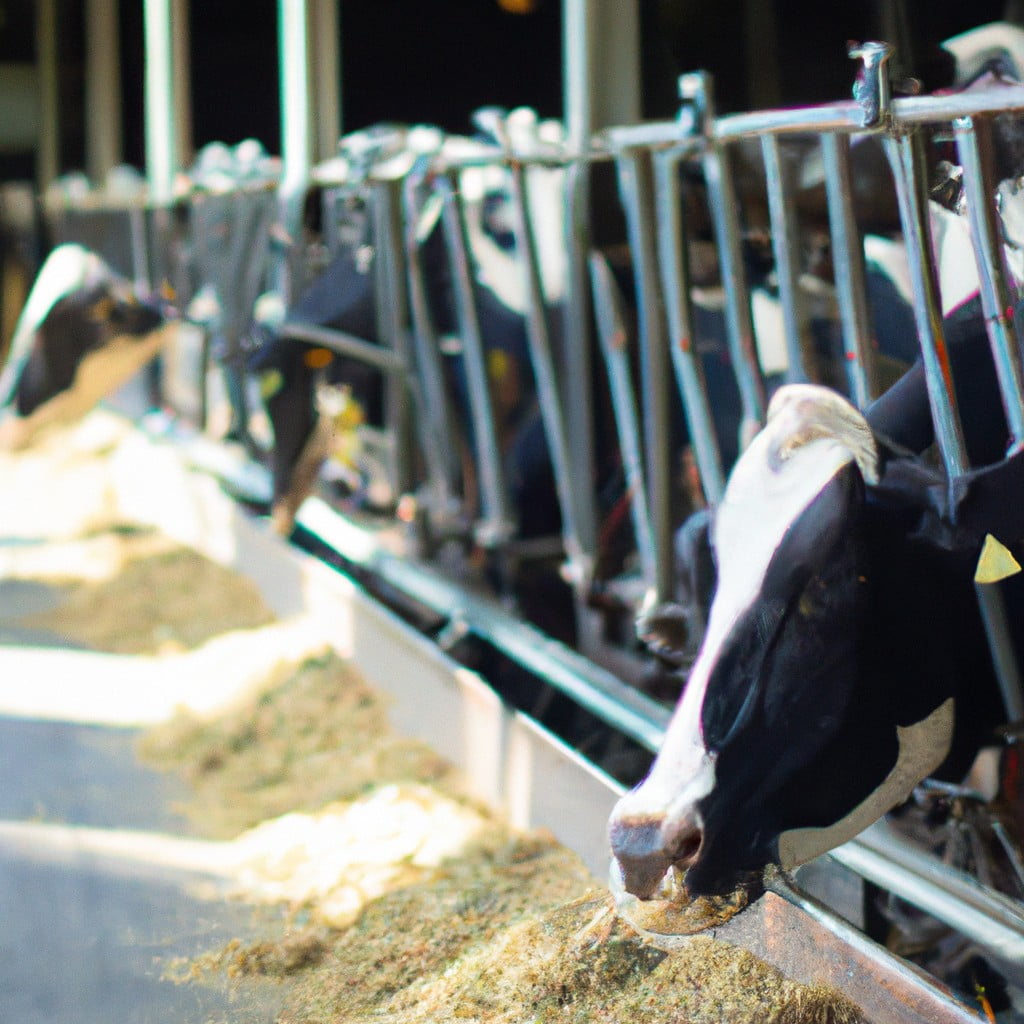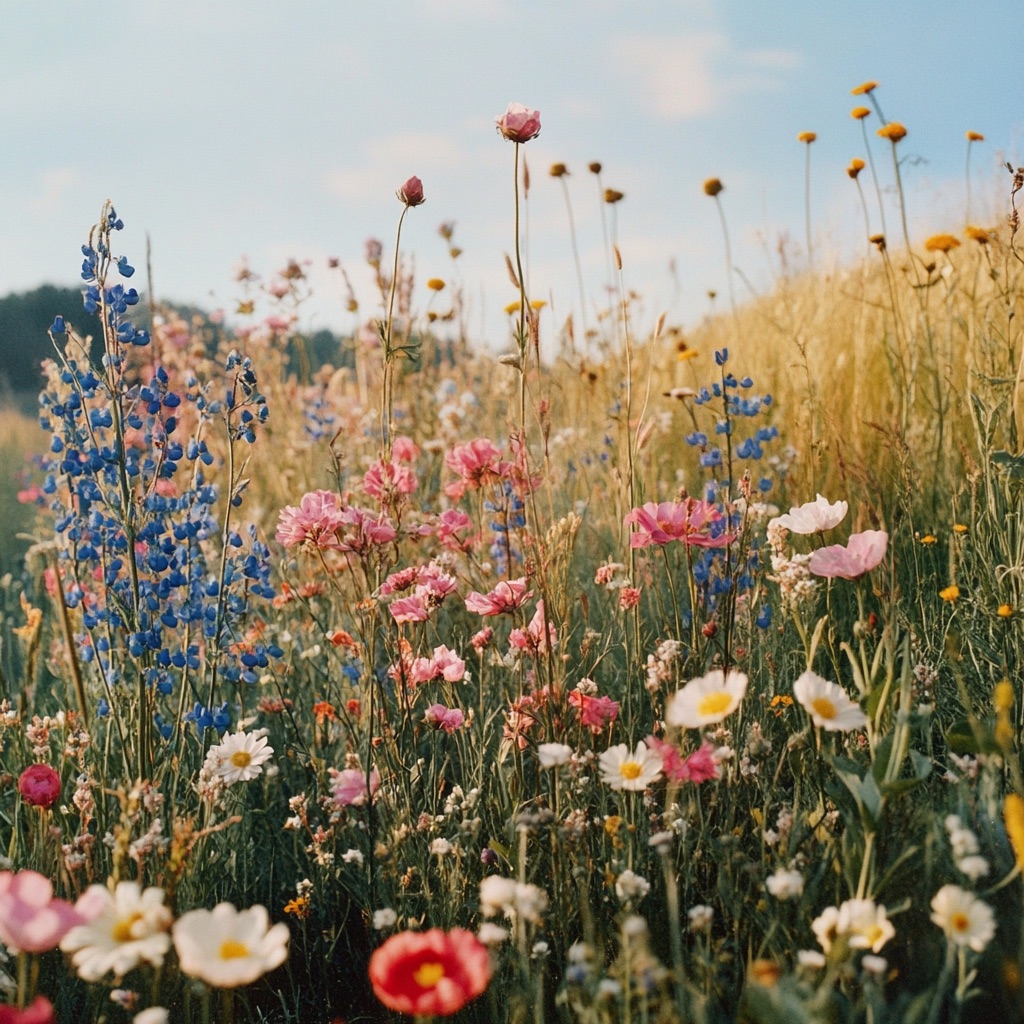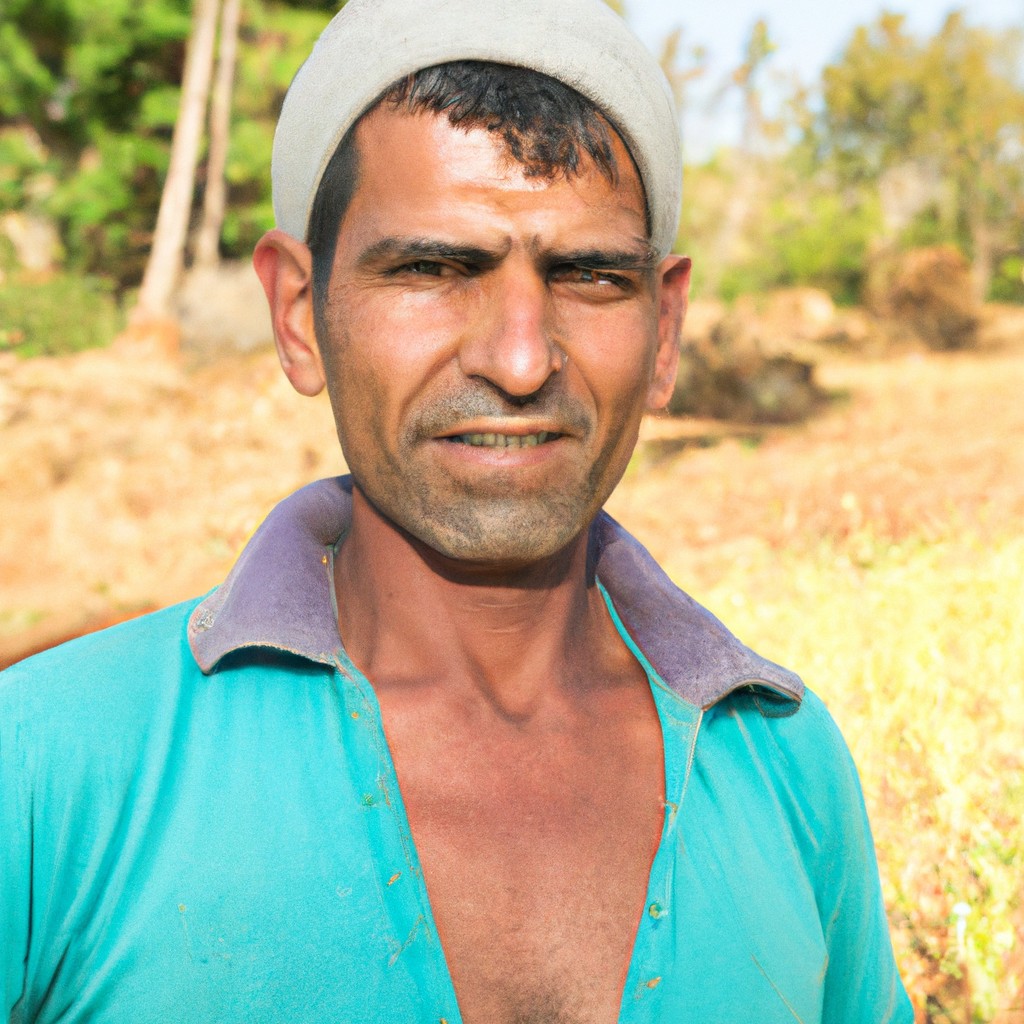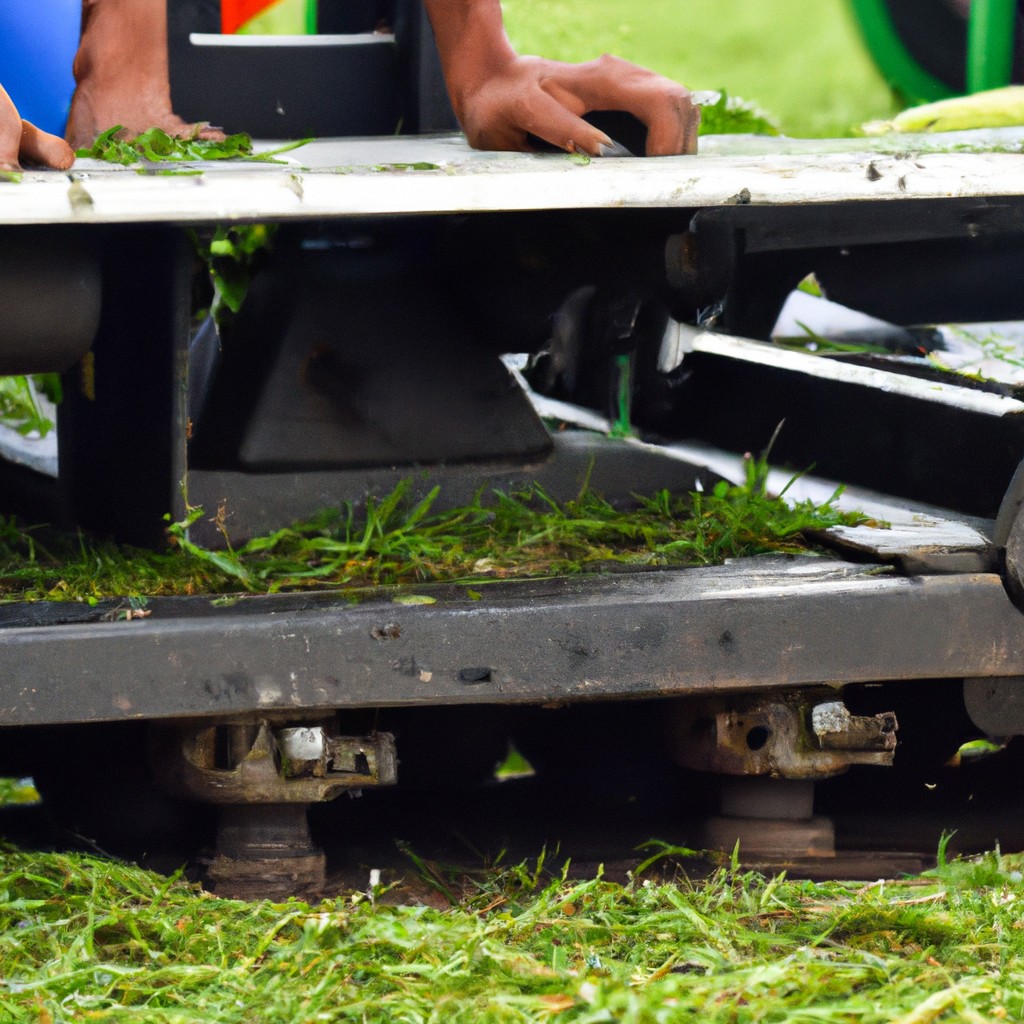Regenerative dairy farming is a transformative approach to agriculture that not only sustains, but also revitalizes the health of our soils and ecosystems while producing high-quality milk.
Regenerative dairy farming is a transformative approach to agriculture that not only sustains, but also regenerates and revitalizes the soil, creating a healthier environment for our livestock and a more sustainable future for our planet.
This method of farming emphasizes soil health, biodiversity, and animal welfare, turning our dairy farms into thriving ecosystems.
This article delves into the principles and practices of regenerative dairy farming, its benefits, and how it can potentially reshape the dairy industry for the better.
So, if you’re interested in understanding this innovative farming approach, the information you seek is right here.
Key takeaways:
- Regenerative dairy farming emphasizes soil health, biodiversity, and animal welfare.
- Key practices include rotational grazing, diverse pastures, minimal tilling, composting, and integrating other animals.
- Regenerative farming enhances biodiversity, reduces greenhouse gas emissions, and improves soil resilience.
- Livestock feed practices include crop rotation, intercropping, making own haylage, agroforestry, and perennial crops.
- Regenerative dairy farming benefits the climate, animal welfare, and the future of the dairy sector.
Look Inside:
Methods and Practices Involved in Regenerative Dairy Farming

Regenerative dairy farming centers on several key practices intended to enhance soil health, promote biodiversity, and create more resilient systems. An integral practice is rotational grazing, where cows are moved across pasture lands, allowing for more periods of rest and recovery for fields. This aids in preserving soil quality and biodiversity by giving plants time to regenerate and grow back stronger.
Maintaining diverse, perennial pastures is another practice. Farmers plant a variety of deep-rooted perennial grasses that help build healthier soil ecosystems and enhance the sequestration of carbon, counteracting greenhouse gas emissions.
In contrast to conventional farming, regenerative practices focus on minimal tilling. Tilling can disturb soil biodiversity and lead to soil erosion.
Farmers also rely on composting practices, utilizing animal waste to naturally fertilize pastures and fields. This turns a potential waste product into a valuable resource to enhance soil quality.
Lastly, integrating other animals into the dairy system, such as poultry or sheep, can help manage pests, decrease reliance on synthetic fertilizers, and maximize use of land resources.
These methods collectively enhance the resilience and sustainability of dairy farming, but achieving this needs a deep understanding of local ecology, and commitment to continually adapting and adjusting strategies as needed.
Impact of Regenerative Dairy Farming On Biodiversity
Regenerative dairy farming has a positive and profound impact on increasing biodiversity. By implementing an array of farming practices, it helps to create a habitat that supports various forms of life.
Firstly, rotational grazing, which implies moving cows from one pasture to another, allows periods of growth for grazing lands. This way, the land can sustain more diverse plant species while the accumulated organic matter fosters the growth of microorganisms essential for soil health.
Additionally, regenerative dairy farming encourages the use of cover crops. These crops enrich the soil and manage soil erosion, while they also provide habitats for beneficial insects and birds.
Also paramount to biodiversity is the strategy of tree planting. As well as sequestering carbon, trees offer shelter and food for various kinds of wildlife.
Furthermore, the reduction or elimination of synthetic inputs such as pesticides and fertilizers enhances biodiversity. It helps protect surrounding water bodies from contamination, ensuring the survival of aquatic life.
Lastly, by leaving riparian buffers or areas of ungrazed vegetation along the banks of streams and rivers, regenerative farming provides habitats for aquatic and terrestrial species.
Each of these practices contributes to a more biodiverse, resilient ecosystem and supports a rich variety of life on the farm.
Benefits of Regenerative Dairy Farming for Climate Change
Regenerative dairy farming has considerable potential to mitigate the effects of climate change. Here are some key takeaways that support this idea:
The application of this farming method can lead to increased carbon sequestration. The concept is that by enhancing soil health through practices like cover cropping and rotational grazing, more carbon is stored in the soil and less is released into the atmosphere, thereby reducing greenhouse gas emissions.
Regenerative farming can also reduce methane emissions. A common source of methane on dairy farms is from cow digestion. Assisting cows with their diet management and leaving portions of pasture ungrazed can promote plant diversity, leading to a reduction in methane-producing enteric fermentation.
Another perk of regenerative methods is their resilience against erratic weather patterns, a problem often intensified by climate change. Healthier soils can absorb and store water more effectively, offering a natural buffer during periods of both drought and flood.
Lastly, the regenerative approach ensures minimal soil disturbance. This principle helps retain moisture and reduces the need for irrigation, thus conserving water.
Adopting regenerative practices can be as simple as introducing cover crops, practicing rotational grazing, or employing composting techniques. These small shifts can profoundly impact both the farm’s productivity and the broader environmental footprint.
Role of Livestock Feed in Regenerative Dairy Farming
The quality of the livestock feed holds immense importance in regenerative dairy farming. Adoption of certain practices can provide optimal feed, that nurtures the cows while complementing the cycle of regeneration.
Crop Rotation: This maintains soil nutrients and reduces the need for synthetic fertilizers. Different crops pull different nutrients from soil and, when rotated, can replenish the soil naturally.
Intercropping: Including different varieties of crops in the same space enhances the nutrient content in soil and feed. Diverse food intake improves cow’s health, and leads to a higher yield of nutrient-dense milk.
Making Own Haylage: Many farmers opt to make their own haylage. It enables control over the quality of the feed, is cost effective, and reduces dependency on external supply.
Agroforestry: It is the integrated approach of using the interactive benefits from combining trees and shrubs with crops and/or livestock. It offers shade and additional feed from the foliage, contributing to the wellbeing of the livestock.
Using perennial crops: This not only serves as a consistent feed source but also aids in storing carbon, thus offsetting greenhouse gases. They have a positive impact on the soil web life and water retention.
It’s crucial to remember that making any change in the diet of dairy livestock must be deliberate and gradual. Abrupt changes can have negative effects on gut flora and milk production. That said, optimizing livestock feed is an elemental part of the regenerative cycle, contributes to animal health and aligns with the environmentally-friendly objectives.
Regenerative Dairy Farming: An Overview
Regenerative dairy farming is an approach which focuses on revitalizing and restoring soil health, enhancing biodiversity, and promoting the natural cycle of carbon sequestration. Furthermore, it aims to support animal welfare and farmers’ livelihoods.
Three key ideas integral to regenerative farming include:
Soil Health Restoration: It entails techniques that minimize soil disruption and promote its organic matter content. These can include decreased plowing, intercropping, and composting. Farmers can apply these techniques to enhance soil health, hence maximizing both crop productivity and grazed pastures’ quality.
Biodiversity Enhancement: Introducing diverse plant species in pastures holds the potential for various benefits, from mitigating pests and diseases to strengthening the resiliency of the ecosystem against climate change shocks. Farmers can opt for multi-species cover crops and agroforestry to achieve biodiversity through regenerative dairy farming.
Carbon Sequestration: Regenerative agriculture also plays a significant role in capturing carbon dioxide from the atmosphere, a process known as carbon sequestration. This happens when healthy soils absorb and store carbon dioxide instead of releasing it into the atmosphere. Plant-rich pastures and compost application can aid in enhancing soil’s carbon storage potential.
Animal Welfare and Livelihoods: Key to regenerative dairy farming is assuring animal welfare, which, in turn, leads to quality dairy produce. This system allows animals to graze and live in their natural environment, contributing to their health and reducing disease incidence. On the financial side, regenerative farming can lead to cost savings due to reduced reliance on inputs like fertilizers and pesticides and add value to the farm products due to their sustainable nature.
How Regenerative Practices Can Impact the Future of the Dairy Sector
Harnessing sustainable methods, regenerative dairy farming has the potential to create a significant impact on the industry’s future. By diversifying pastures and implementing holistic grazing strategies, dairy farmers can nurture richer soils which in turn support healthier crops and livestock.
An essential element to consider is the enhancement of soil fertility. Through regenerative practices, such as reducing tilling and usage of synthetic pesticides and fertilizers, soil health gets a boost which aids in carbon sequestration. This not only contributes to rectifying the industry’s carbon footprint but also helps in fostering more robust and yielding pastures.
Meanwhile, the practice of rotational grazing allows herds to feed on diverse vegetation, returning essential nutrients back to the soil through natural means i.e., organic manure. This results in an enriched fodder source leading to better milk yield and quality.
Moreover, with regenerative farming, dairy farms could see a decrease in feed and veterinary costs. Healthier, more diverse pastures mean cows are better nourished and less prone to diseases, resulting in fewer expenses associated with feed supplements and healthcare.
Finally, the community impact shouldn’t be overlooked. With a transition towards more sustainable practices, farms can position themselves as active contributors towards achieving environmental goals, garnering support from conscious consumers and fostering stronger community relationships.
These practices set the stage for a dairy sector with improved profitability, resilience, and a more positive environmental impact, thus ensuring a healthy future for the industry.
Case Study: Use of Regenerative Practices By Dairy Farmers in Western Washington
In Western Washington, dairy farmers have adapted several regenerative practices to enhance the sustainability of their operations. One such approach is rotational grazing, which entails the frequent movement of cows to fresh pasture. This practice not only gives ample time for pastures to recover and regenerate but also leads to a more well-rounded diet for the cows.
Another beneficial practice is the employment of cover crops. Dairy farmers in this region plant these crops between primary crop cycles as a way to enrich the soil, prevent erosion, and improve water retention.
In addition, farmers have invested in cow manure composting. Composting converts cow manure into a valuable fertilizer, returning rich nutrients to the soil and helping to reduce greenhouse gas emissions.
Furthermore, the incorporation of silvopasture systems, which integrate trees, pasture, and livestock in a mutually beneficial design, have made a significant contribution to these regenerative efforts. The trees provide shade and could potentially be a future source of income, while at the same time enhancing biodiversity and sequestering carbon.
Lastly, by practicing no-till farming, these dairy farmers are preserving the soil structure, enhancing water retention, and increasing soil biodiversity. As a by-product, this practice has been known to increase carbon sequestration, thus working to counteract climate change.
The dairy farmers in Western Washington serve as a beacon, demonstrating that regenerative practices can have a positive impact on farming sustainability. These practices are manageable and can be acted upon by other dairy farmers seeking to make a transition to a more sustainable and regenerative agriculture.
FAQ
What is regenerative dairy farming?
Regenerative dairy farming is a holistic approach to farming that seeks to improve the health of soils, increase biodiversity, enhance ecosystem services, and increase resilience to climate change by properly managing pastures with grazing cows.
What is a regenerative milk?
Regenerative milk refers to milk derived from cows that graze on pastures continuously revitalized through practices such as grazing, composting, and seed planting to maintain high nutrient density.
Why is regenerative agriculture not good for farmers?
Regenerative agriculture can pose challenges for farmers due to the need for new knowledge acquisition, potential increase in unwelcome plants, and possible elevated herbicide use.
What are the disadvantages of regenerative farming?
One significant disadvantage of regenerative farming is that it necessitates more physical labor, including tasks such as pulling weeds and employing more traditional cultivation techniques.
How does regenerative dairy farming contribute to carbon sequestration?
Regenerative dairy farming contributes to carbon sequestration by enhancing soil health through practices such as rotational grazing and cover cropping, which increases the soil’s capacity to absorb and retain carbon dioxide from the atmosphere.
What are the key principles of regenerative agriculture in dairy farming?
The key principles of regenerative agriculture in dairy farming entail soil health improvement, carbon sequestration, increased biodiversity, animal welfare, and enhancement of ecosystem services.
How does regenerative livestock farming affect soil health and biodiversity?
Regenerative livestock farming enhances soil health and biodiversity by cycling nutrients, promoting plant growth, reducing soil erosion, and increasing the soil’s ability to hold water.




